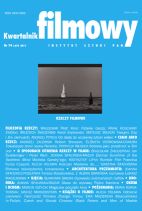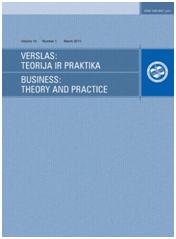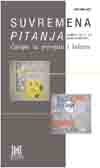
Phyllis, Cora, Laura, Gilda... Woman as an Object in Film Noir
Phyllis, Cora, Laura, Gilda... Kobieta jako przedmiot w filmie noir
Keywords: film noir; femme fatale; feminism
Is a woman in film noir the subject or the object of the film? Given the complexity of film noir, found for example in the plurality of storyline patters, types of characters – both male and female, it is not easy to give a straightforward answer to this question. The analysis of four films ("Double Indemnity", "The Postman Always Rings Twice", "Gilda", "Laura"), in which the screen presence of the heroines is defined not just through their place in the storyline and the use of erotic imagery, but also through the presence of meaningful objects (bracelet, lipstick, glove), suggests that there were certain strategies employed by Hollywood. These strategies were the result of the atmosphere of the times in which the films were made. It was in this context that the film makers wanted to create a strong and independent femme fatale and place her within social context, which the femme fatale found unacceptable. Many of the actresses that played femmes fatales gained status of a movie icon. Their expressiveness was such, that it was not possible to forget their subversive and rebellious character.
More...

